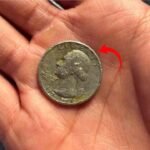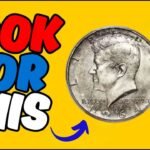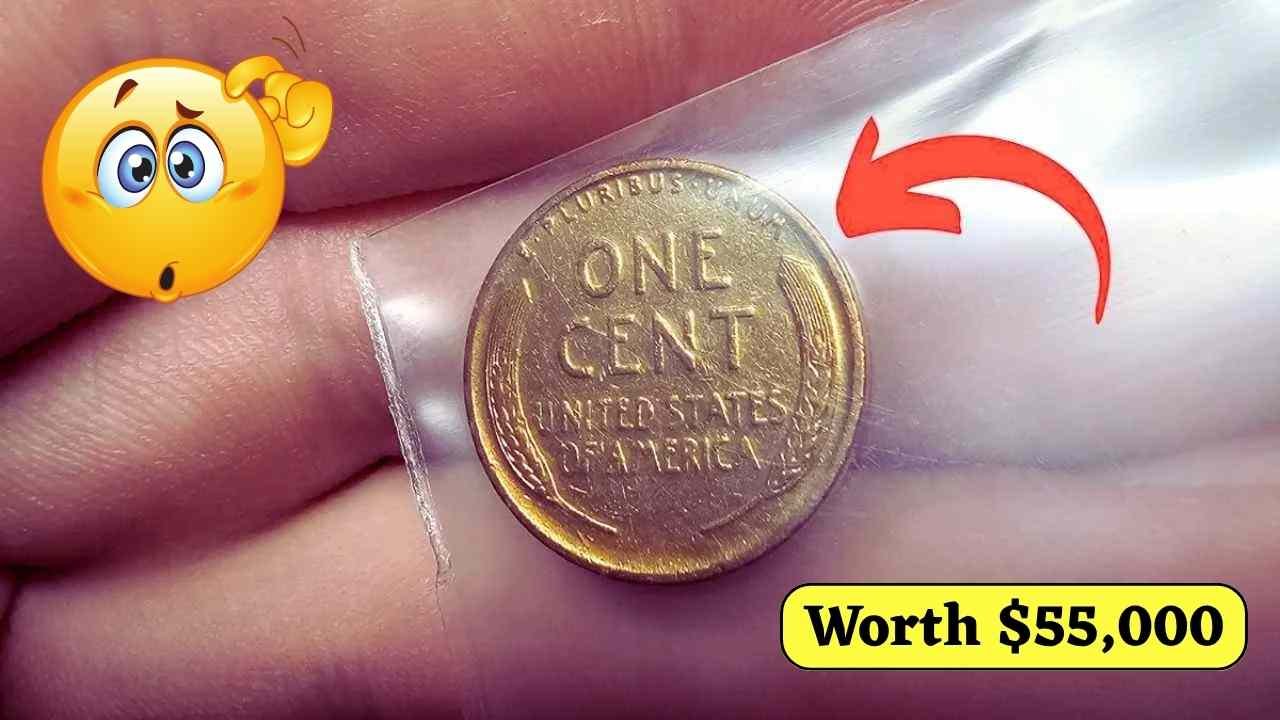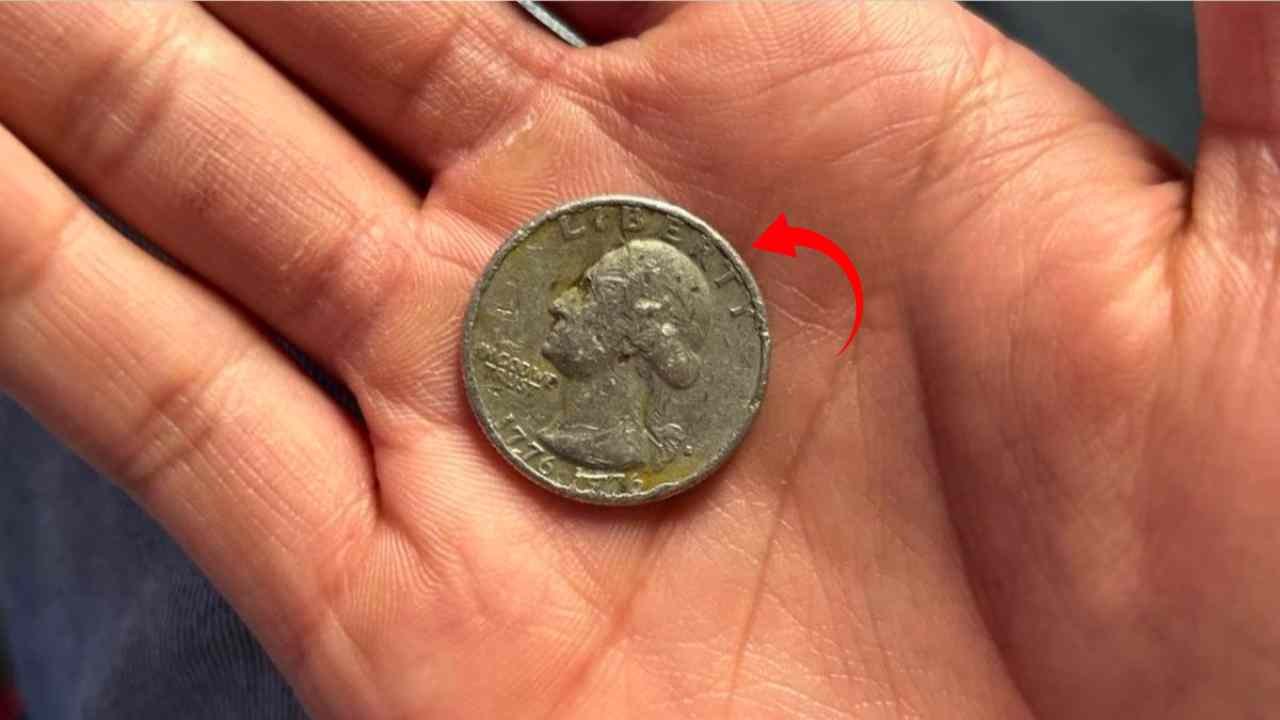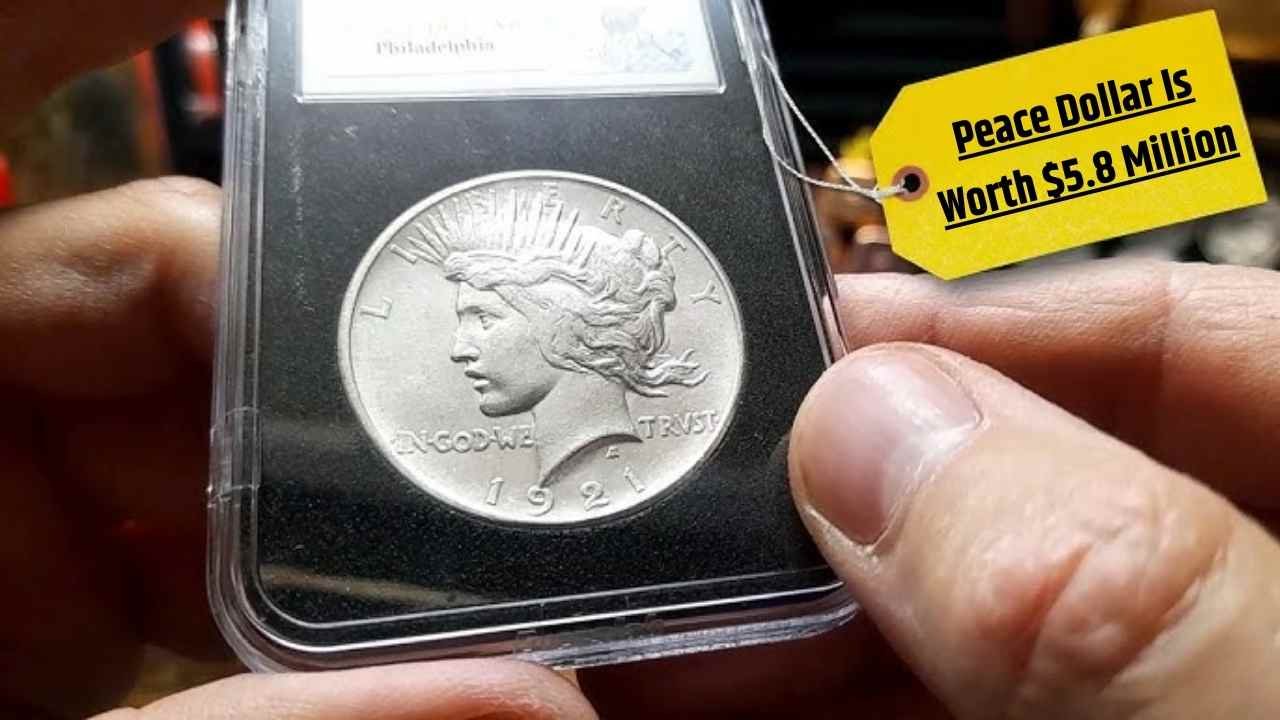Bicentennial Quarters Worth $280 Million Each: Do you have a 1976 Bicentennial Quarter lying around in a drawer or an old coin jar? You might be sitting on a hidden treasure without even knowing it. Recently, headlines have been claiming that certain rare Bicentennial Quarters are worth as much as $280 million. While this figure is highly exaggerated and not based on actual sales, there are indeed several extremely rare and valuable versions of the 1976 quarter that have fetched thousands and even tens of thousands of dollars at auctions. In this post, discover the 8 rare Bicentennial Quarters that every collector dreams of finding.
No S San Francisco Proof Quarter
One of the most valuable rarities among Bicentennial Quarters is the 1976 “No S” proof struck at the San Francisco Mint. Normally, proof coins from San Francisco bear an “S” mintmark. However, a very small number were mistakenly struck without
it. Only a handful of these coins are known to exist today. One such coin sold for over $52,000 in a high-grade proof condition. If you own a 1976 quarter without a mintmark and it has the mirror-like finish of a proof, it might be worth getting authenticated.Double Die Obverse Quarter
The Double Die Obverse (DDO) error is one of the most collectible types of minting mistakes. In the case of the 1976 Bicentennial Quarter, some coins show clear doubling in the lettering on the obverse (front) of the coin, especially around the word “LIBERTY” and the date. Depending on the condition and grade, these coins can be worth between $150 in circulated condition to over $18,000 in mint state.
Silver Clad Proof from San Francisco
Not all 1976 quarters were made from standard copper-nickel. Some proof coins struck in San Francisco were composed of 40% silver. While these were meant
for collectors, many ended up in circulation over the years. If your quarter feels heavier and has a silver edge rather than a copper one, you might have a 40% silver coin. High-grade silver Bicentennial proof quarters can sell for $6,000 to $19,000.Off-Center Bicentennial Quarter
Coins that are struck off-center where part of the design is missing due to misalignment are known as off-center errors. A 1976 Bicentennial Quarter with a dramatic off-center strike (more than 50%) in uncirculated condition can easily fetch $1,000 to $3,000, depending on how far off the strike is and the overall quality of the coin.
Struck on Wrong Planchet Error
Sometimes quarters are mistakenly struck on the wrong metal blank or planchet. For example, a Bicentennial Quarter struck on a dime planchet or on a foreign coin planchet is an extreme rarity. These types of errors are highly collectible and can sell for $5,000 to
$15,000 or even more depending on the uniqueness of the strike.Full Drum Lines Reverse
A lesser-known but desirable feature is when the drum on the reverse side of the coin (played by the colonial drummer) has full and sharp lines. Most circulated coins show wear in this area. However, uncirculated or proof versions with full drum lines can be worth hundreds, and in pristine condition, even a few thousand dollars.
High-Grade MS-67 or MS-68 Quarters
Bicentennial Quarters in regular circulation are usually worth face value. But those that have been preserved in nearly perfect condition graded MS-67 or higher by certified grading companies can fetch thousands. A recent sale of a MS-68 graded Bicentennial Quarter brought in over $4,000 at auction.
Transitional Error Quarters
Some Bicentennial Quarters are known to have been struck using incorrect dies or metal compositions intended for other coins. These “transitional errors” are extremely rare and valuable. If
verified, such coins can command between $7,000 and $25,000, depending on condition and uniqueness.Conclusion
While not every 1976 Bicentennial Quarter is worth a fortune, the rare versions mentioned above certainly hold significant value for collectors and can bring in thousands of dollars. If you have an old quarter from 1976, it’s worth examining closely. Look for minting errors, proof qualities, silver content, or rare features. A small detail could mean the difference between pocket change and a payday worth remembering.
Disclaimer
The values mentioned in this article are based on expert coin grading, rarity, historical auction records, and collector demand. Prices may vary depending on condition, grading, and market trends. Always consult a professional coin appraiser or a certified grading service before selling or buying rare coins. This article is for educational and informational purposes only and does not constitute financial advice.


